Loud exhaust systems have become a popular modification for car enthusiasts, but they come with a range of legal considerations that vary across the United States. Understanding the specific rules and regulations in each state can help vehicle owners avoid potential fines and ensure compliance with local laws.
Understanding Loud Exhaust Regulations
At the heart of the discussion on loud exhaust systems is the definition of what exactly constitutes a “loud” exhaust. Typically, these systems are aftermarket modifications designed to enhance the sound output of a vehicle, often resulting in noise levels that surpass those of standard factory-installed exhaust systems. These modifications can include everything from removing sound-dampening components to installing larger or less restrictive mufflers and pipes. The result is a more aggressive sound that appeals to many car enthusiasts but can also lead to legal challenges.
The regulatory landscape for vehicle noise is a complex interplay of federal guidelines and state-specific laws. The Environmental Protection Agency (EPA) sets forth broad guidelines for vehicle noise emissions, but enforcement and specific decibel limits are primarily determined at the state level. This means that a modification that might be perfectly legal in one state could result in penalties in another. The federal guidelines serve as a baseline, but states have the authority to impose stricter rules based on local concerns, which can include urban density, environmental impact, and community standards.
Compliance with these regulations is crucial for several reasons. First and foremost, excessive noise from vehicles can pose safety risks by impeding a driver’s ability to hear important sounds, such as emergency vehicle sirens or warnings from other road users. Additionally, loud exhaust systems can contribute to noise pollution, which has been linked to negative health effects in urban areas. Adhering to state regulations not only helps avoid fines and legal issues but also supports broader efforts to maintain public health and safety.
State-by-State Breakdown
California
California is renowned for having some of the most stringent vehicle regulations in the nation, and its approach to loud exhaust systems is no exception. The state enforces a specific decibel limit for vehicles, with passenger cars required to stay under 95 decibels and motorcycles under 80 decibels, as measured by the Society of Automotive Engineers (SAE) J1169 test. Enforcement is rigorous, with law enforcement officers having the authority to issue fines on the spot for vehicles that exceed these limits. Recent amendments to the California Vehicle Code have even eliminated the “fix-it ticket” option for exhaust noise violations, meaning drivers must pay fines outright without the opportunity to correct the issue first.
New York
New York has unique regulations for loud exhaust systems, reflecting its densely populated urban landscape. The state has established a maximum noise limit of 95 decibels for passenger vehicles, similar to California, but enforcement can vary significantly between New York City and more rural areas. Recent legislative changes have introduced higher fines for violations, with penalties reaching up to $1,000 for repeat offenders. Additionally, New York has implemented the “SLEEP Act,” which aims to combat illegal street racing and excessively loud exhaust systems by enhancing enforcement mechanisms and increasing fines.
Texas
In Texas, the approach to regulating exhaust noise is somewhat less centralized, with variations in enforcement across different regions. The state does not specify a maximum decibel limit in its statutes, instead opting to prohibit “excessive or unusual noise” from vehicles. This gives law enforcement officers a degree of discretion when determining whether a vehicle’s exhaust system is compliant. While urban areas like Austin and Dallas may see stricter enforcement due to noise complaints, rural regions might adopt a more lenient stance.
Penalties for Non-Compliance
The penalties for non-compliance with exhaust noise regulations can vary widely depending on the state and the specific circumstances of the violation. Typical consequences include fines and tickets, which can range from $50 to several hundred dollars for first-time offenses. In some states, repeated violations can lead to significantly higher fines and even the impounding of the vehicle. For instance, California imposes fines that can exceed $1,000 for repeat offenders, reflecting its stringent approach to vehicle noise.
Beyond direct fines, non-compliant exhaust systems can also impact a vehicle’s annual inspection and registration renewal. Many states require vehicles to pass noise emissions tests as part of their inspection process, and failure to meet the required standards can result in the denial of registration renewal until the issue is corrected. This can be particularly challenging for vehicle owners who have invested in costly modifications that do not meet state regulations.
For those who receive penalties for loud exhaust systems, there are often legal recourses and appeals processes available. Vehicle owners can contest fines in court, presenting evidence that their exhaust system complies with state laws or that the noise measurement was inaccurate. However, this can be a lengthy and costly process, and success is not guaranteed. Some states offer administrative appeals, which may be a more straightforward option for contesting fines.
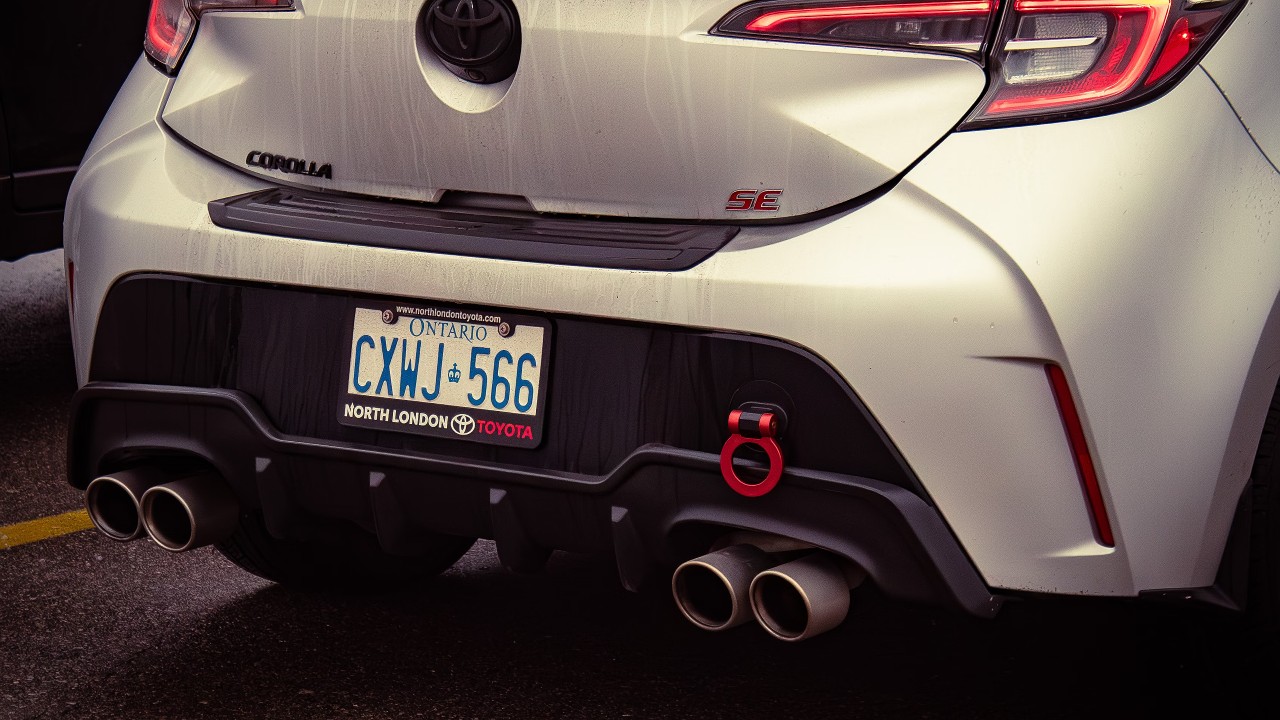
Tips for Vehicle Owners
For those looking to modify their vehicle’s exhaust system, it’s essential to do so legally to avoid potential fines and compliance issues. One of the first steps is to familiarize yourself with your state’s specific regulations and ensure that any modifications fall within legal limits. Consulting with a professional or a local exhaust specialist can provide valuable insights into what modifications are permissible.
Choosing the right equipment is crucial for ensuring compliance. Reputable brands often provide exhaust systems specifically designed to meet legal standards, offering a balance between performance and noise output. Brands like MagnaFlow and Borla are known for producing exhaust systems that enhance a vehicle’s performance while remaining within legal noise limits. It’s advisable to look for products that are marketed as “street legal” or “50-state compliant” to ensure they meet federal and state regulations.
Staying informed about changes to exhaust noise laws is also important for vehicle owners. States periodically update their regulations, and staying current can prevent unexpected fines. Resources such as the Department of Motor Vehicles (DMV) website or local car enthusiast forums can provide valuable information on the latest legislative developments. Additionally, joining local car clubs can be a great way to connect with other enthusiasts and share knowledge about compliant modifications.
The Future of Exhaust Regulations
The future of exhaust regulations is likely to be shaped by several emerging trends. As environmental concerns continue to grow, states may adopt stricter noise limits to reduce noise pollution and its associated health impacts. Technological advancements in exhaust systems, such as active noise control and hybrid-electric vehicles, could lead to new standards that balance performance with environmental considerations.
Advocacy groups are playing an increasingly significant role in shaping vehicle noise legislation. Organizations like the Noise Pollution Clearinghouse and local community groups are pushing for stricter regulations to protect public health and reduce noise pollution. Their efforts could lead to the introduction of more comprehensive laws at both the state and federal levels, impacting how exhaust systems are regulated in the future.
Potential changes at the federal level could also influence state laws and enforcement. While the EPA currently provides baseline guidelines, there is potential for new federal regulations that impose stricter noise limits, especially as part of broader climate change initiatives. Such changes could create a more unified approach to vehicle noise regulation across the U.S., simplifying compliance for vehicle owners and manufacturers alike.
Like Fast Lane Only’s content? Be sure to follow us.
Here’s more from us:
*Created with AI assistance and editor review.

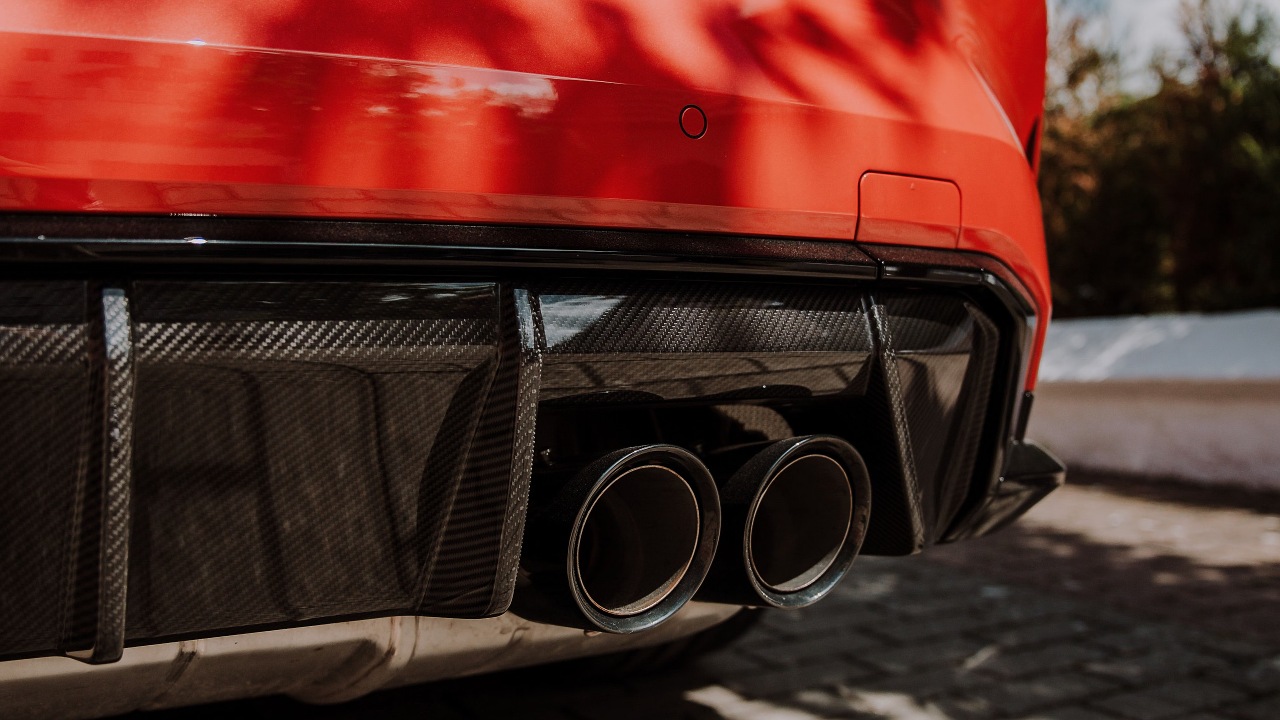

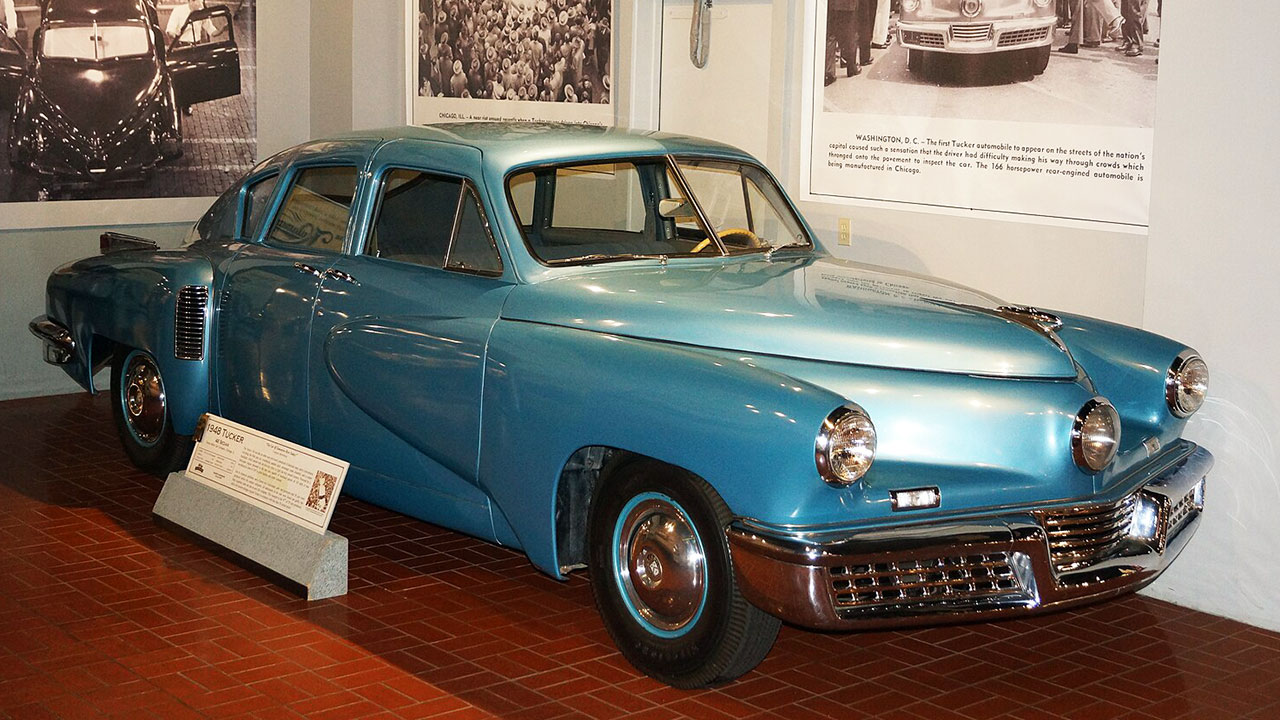

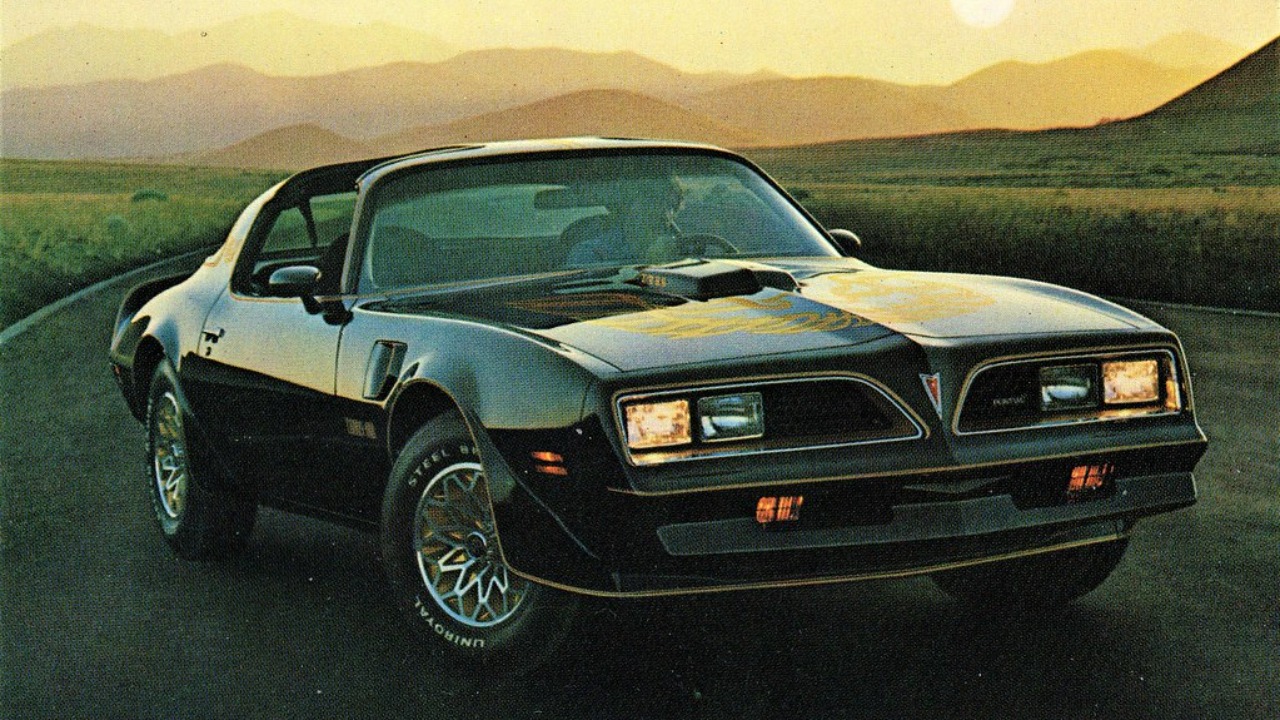
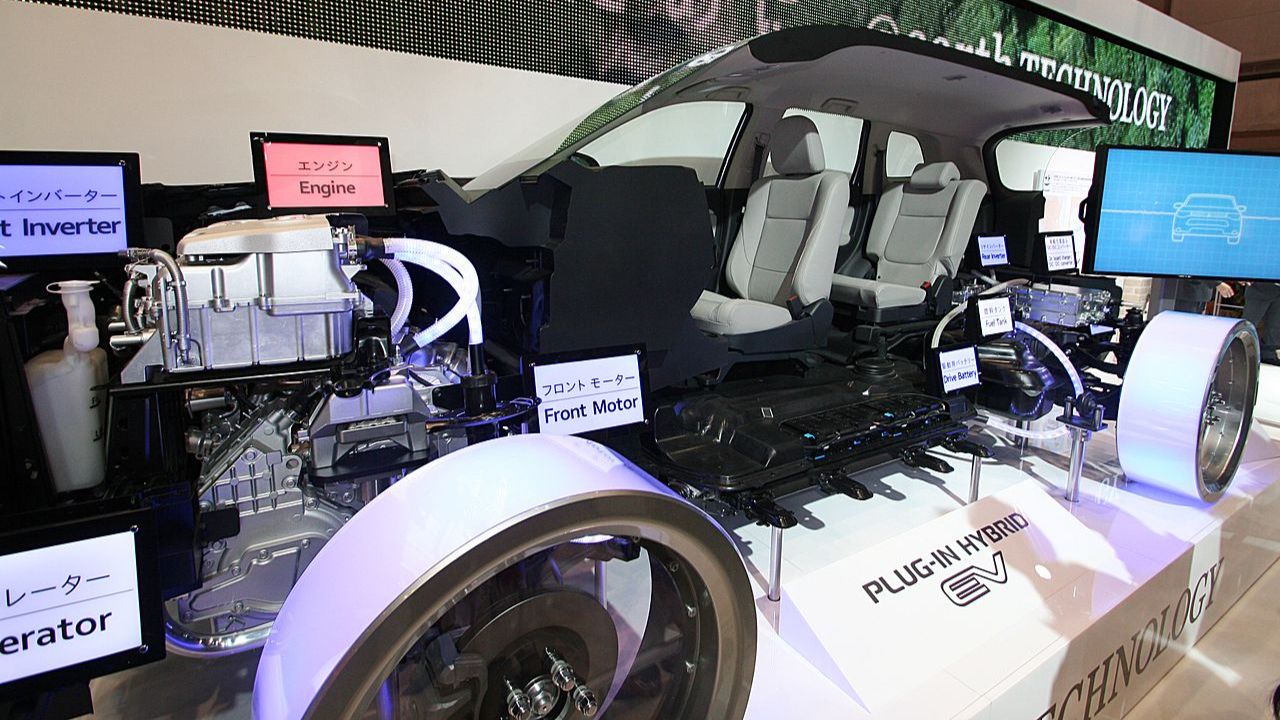
Leave a Reply